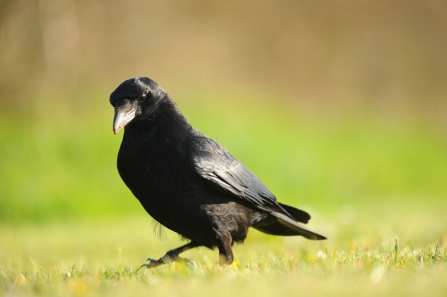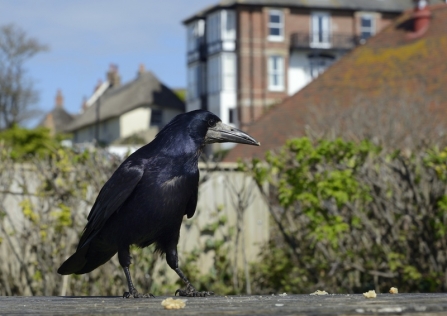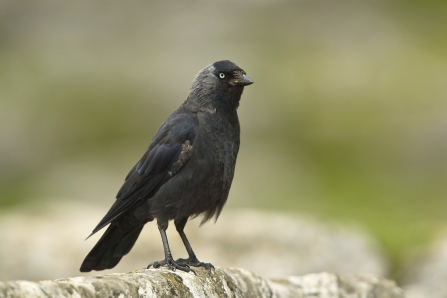Is it a rook, raven or crow? The three all-black corvids cause a common ID challenge but they can be identified by their size, shape and calls.
Corvids tend to have strong social groups and communities. Crows for example, often mate for life and are co-operative breeders, meaning other adults in the family help with rearing offspring.
They are considered among the most intelligent of birds, with magpies having demonstrated self-awareness in mirror tests, and crows and rooks showing their ability making and using simple tools.
Here’s a brief guide from your local Wildlife Trust to our all-black corvids and some useful tips on how to identify them.





